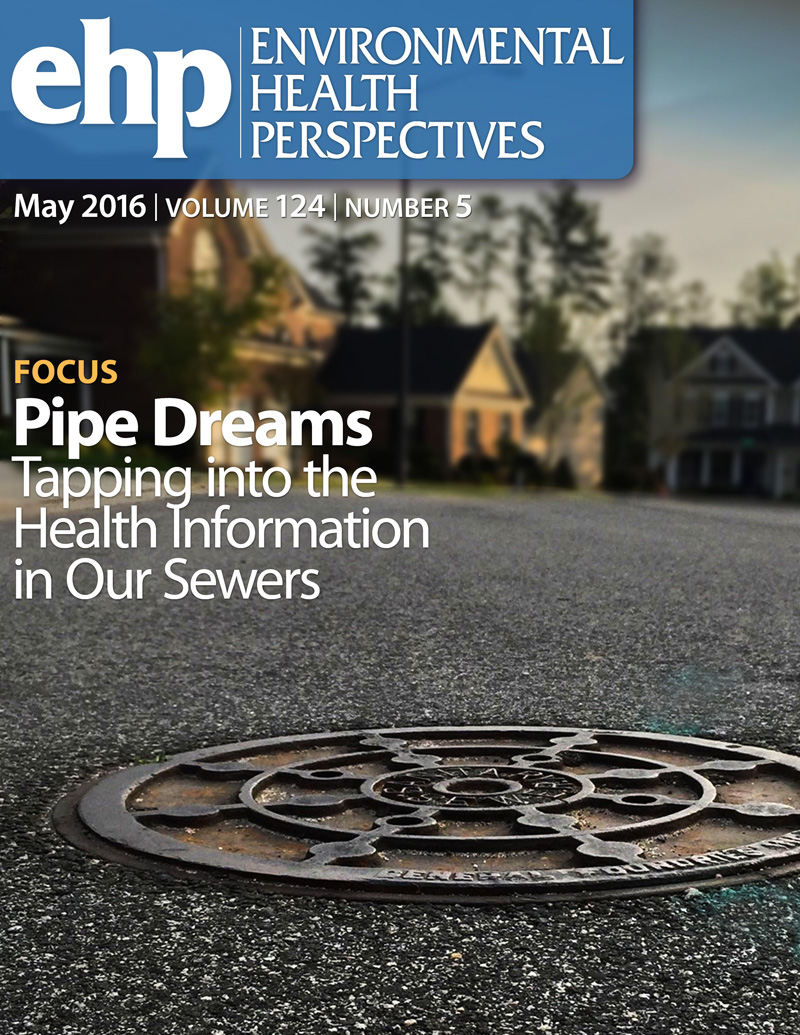Effect of household air pollution on the gut microbiome and virome of adult women living in Uganda.
IF 9.8
1区 环境科学与生态学
Q1 ENVIRONMENTAL SCIENCES
引用次数: 0
Abstract
BACKGROUND Emerging observational studies suggest air pollution can influence the gut microbiome. However, this association is often highly confounded by factors such as diet and poverty. The gut virome may influence respiratory health independent of the gut microbiome. We recently demonstrated in a randomized waitlist-controlled trial (ClinicalTrials.gov NCT03351504) that a clean lighting intervention reduced personal exposure to air pollution among adult women in rural Uganda. OBJECTIVES To determine the effect of a solar lighting intervention on changes to the gut microbiome and virome and secondarily to determine association between these changes on lung health. METHODS Between 2018 and 2019, we collected stool samples and assessed respiratory symptoms and spirometry from 80 adult women living in rural Uganda at baseline, 12 and 18 months post-randomization. The intervention group received a solar lighting system after randomization, while the waitlist-controlled group received one at 12 months. Deep metagenomics sequencing of stool was performed and profiled for non-viral and viral taxonomic composition. The primary analysis focused on pre- vs. post-intervention changes due power considerations, adjusting for potential confounding by age, diet, antibiotic use, and season. A sensitivity analysis was conducted using intention-to-treat principles. When comparing pre- vs. post-intervention periods, we used sparse partial least squares models to identify non-viral and viral signatures of reduced air pollution exposure. Mixed effects models were used to evaluate changes in health outcomes as well as associations between microbial signatures of reduced air pollution exposure and health. RESULTS The average age was 39.2 years. The solar lighting intervention led to larger changes in viral compared to non-viral microbial community structure and differential abundance of bacteria, eukaryotes, and viruses. Provision of solar lighting systems was associated with a reduction in the presence of respiratory symptoms from 57.1% to 36.1% (p = 0.002) while there was no impact on lung function. Microbiome and virome signatures had AUCs of 0.74 and 0.76 respectively, in predicting pre- vs. post-intervention stool samples. Microbiome signatures were associated with a lower risk of respiratory symptoms (OR 0.68 (0.49-0.94), p = 0.020). CONCLUSION Among adult women living in rural Uganda, both non-viral and viral components of the gut microbial community changed after a clean lighting intervention. Microbiome signatures reflective of lower air pollution exposures were associated with improved respiratory symptoms. These observations suggest that air pollution may influence lung health through the gut-lung axis, warranting further exploration in future intervention studies. https://doi.org/10.1289/EHP16002.家庭空气污染对乌干达成年妇女肠道微生物群和病毒的影响。
越来越多的观察性研究表明,空气污染会影响肠道微生物群。然而,这种联系往往被饮食和贫困等因素严重混淆。肠道病毒组可能独立于肠道微生物组影响呼吸系统健康。我们最近在一项随机候补对照试验(ClinicalTrials.gov NCT03351504)中证明,清洁照明干预减少了乌干达农村成年妇女对空气污染的个人暴露。目的:确定太阳光照干预对肠道微生物组和病毒组变化的影响,并确定这些变化与肺部健康之间的关系。方法在2018年至2019年期间,我们收集了生活在乌干达农村的80名成年女性的粪便样本,并在随机分组后的基线、12个月和18个月评估了呼吸道症状和肺活量测定法。干预组在随机分配后接受太阳能照明系统,而等候名单对照组在12个月后接受太阳能照明系统。对粪便进行了深度宏基因组测序,并对非病毒和病毒分类组成进行了分析。主要分析集中在干预前和干预后由于功率考虑的变化,调整了年龄、饮食、抗生素使用和季节的潜在混淆。采用意向-治疗原则进行敏感性分析。在比较干预前后时期时,我们使用稀疏偏最小二乘模型来识别减少空气污染暴露的非病毒和病毒特征。使用混合效应模型来评估健康结果的变化以及减少空气污染暴露的微生物特征与健康之间的关系。结果患者平均年龄39.2岁。与非病毒微生物群落结构和细菌、真核生物和病毒丰度的差异相比,太阳光照干预导致病毒微生物群落结构发生了更大的变化。提供太阳能照明系统与呼吸道症状的出现从57.1%减少到36.1% (p = 0.002)相关,而对肺功能没有影响。在预测干预前和干预后粪便样本时,微生物组和病毒组特征的auc分别为0.74和0.76。微生物组特征与较低的呼吸道症状风险相关(OR 0.68 (0.49-0.94), p = 0.020)。结论生活在乌干达农村的成年妇女,在清洁照明干预后,肠道微生物群落的非病毒和病毒成分都发生了变化。反映较低空气污染暴露的微生物组特征与呼吸道症状的改善有关。这些观察结果表明,空气污染可能通过肠-肺轴影响肺部健康,值得在未来的干预研究中进一步探索。https://doi.org/10.1289/EHP16002。
本文章由计算机程序翻译,如有差异,请以英文原文为准。
求助全文
约1分钟内获得全文
求助全文
来源期刊

Environmental Health Perspectives
环境科学-公共卫生、环境卫生与职业卫生
CiteScore
14.40
自引率
2.90%
发文量
388
审稿时长
6 months
期刊介绍:
Environmental Health Perspectives (EHP) is a monthly peer-reviewed journal supported by the National Institute of Environmental Health Sciences, part of the National Institutes of Health under the U.S. Department of Health and Human Services. Its mission is to facilitate discussions on the connections between the environment and human health by publishing top-notch research and news. EHP ranks third in Public, Environmental, and Occupational Health, fourth in Toxicology, and fifth in Environmental Sciences.
 求助内容:
求助内容: 应助结果提醒方式:
应助结果提醒方式:


